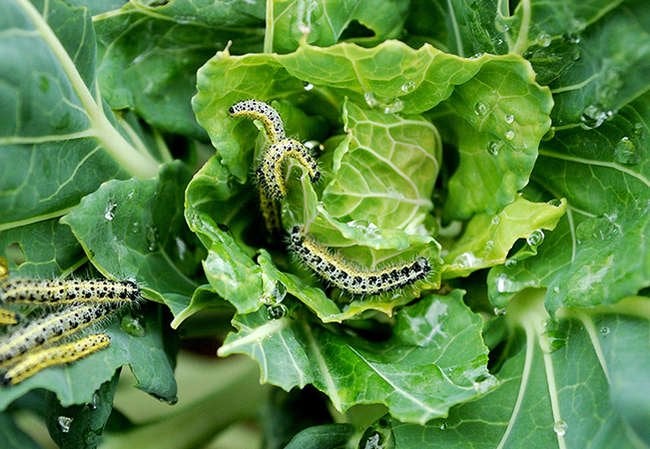

We may earn revenue from the products available on this page and participate in affiliate programs. Learn More ›
Home Advice You Can Trust
Tips, tricks & ideas for a better home and yard, delivered to your inbox daily.
From voracious vermin to destructive insects, pest issues are pretty much inevitable in any garden. Left unchecked, these villains will feast on foliage, ruin ripening fruit, and wreak havoc with root systems. The trick is to nip a pest problem before it gets out of hand—and that takes some deciphering. Check out these warning signs that bad guys have come into your garden, and follow the sage advice to get rid of them, pronto.

Rampant runways all over the beds.
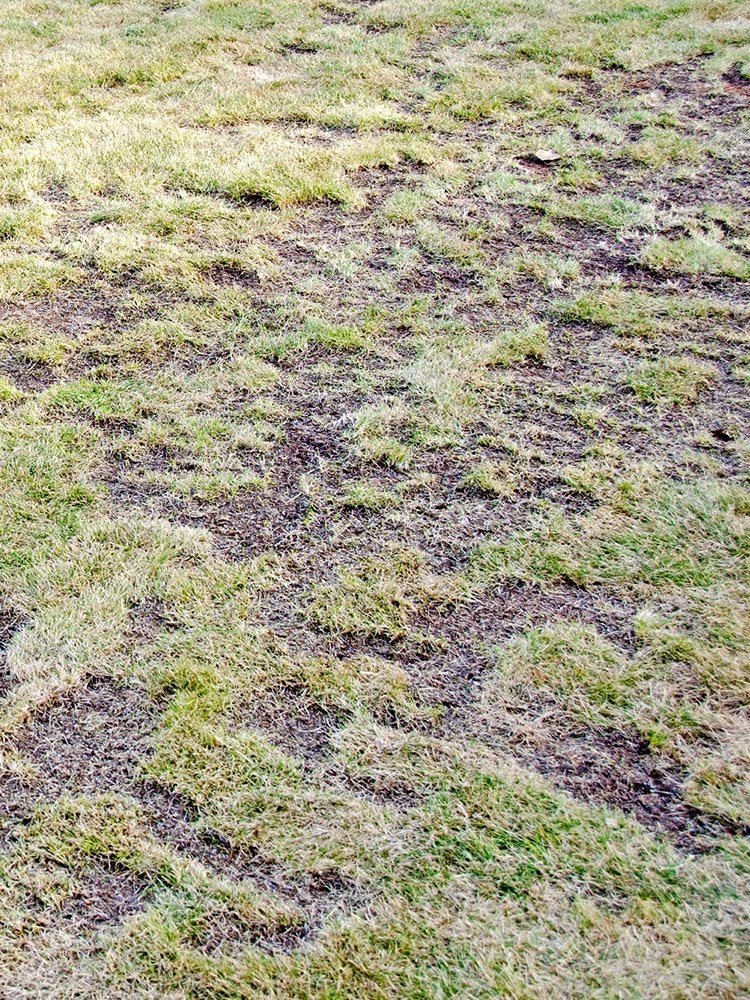
Two-inch-wide runways at or near the surface of the soil indicate that your garden has been violated by voles. Unlike moles that tunnel underground, voles resemble round, short-tailed mice with thick brownish-gray fur. They run above ground, tunneling only to feed on the root systems of trees and shrubs. Once voles seriously gnaw away, you may notice trees beginning to lean due to damaged roots. What’s more, a deep layer of mulch applied too close to these plants makes accessing roots easier for voles, as it’s less dense than soil to burrow through.
To get rid of voles humanely, set live traps or apply spray or granular repellants to the entrance of their holes and trails to drive them off. Mousetraps and pesticides are also an option but take caution with these products if your pets go into the yard and garden.
Vegetable seedlings severed at ground level.

You plant tomato seedlings and next thing you know, they’ve been decimated! This is the handiwork of cutworm caterpillars that live in the top two inches of soil to prey upon the tender outer stem tissue of seedlings. Some of their favorites veggies include tomatoes, kale, broccoli, and cabbage. These caterpillars grow up to two inches long, may be green, brown, grey, or yellow, and curl into a “C” shape when disturbed.
Protect young seedlings at the base with collars made of toilet paper tubes or aluminum foil, inserted a half-inch into the ground. Or sink small bowls of corn meal or wheat bran into the ground near target plants; cutworms can’t resist this bait but are unable to digest the granules—so this will be their last meal!
Slime at the crime scene.
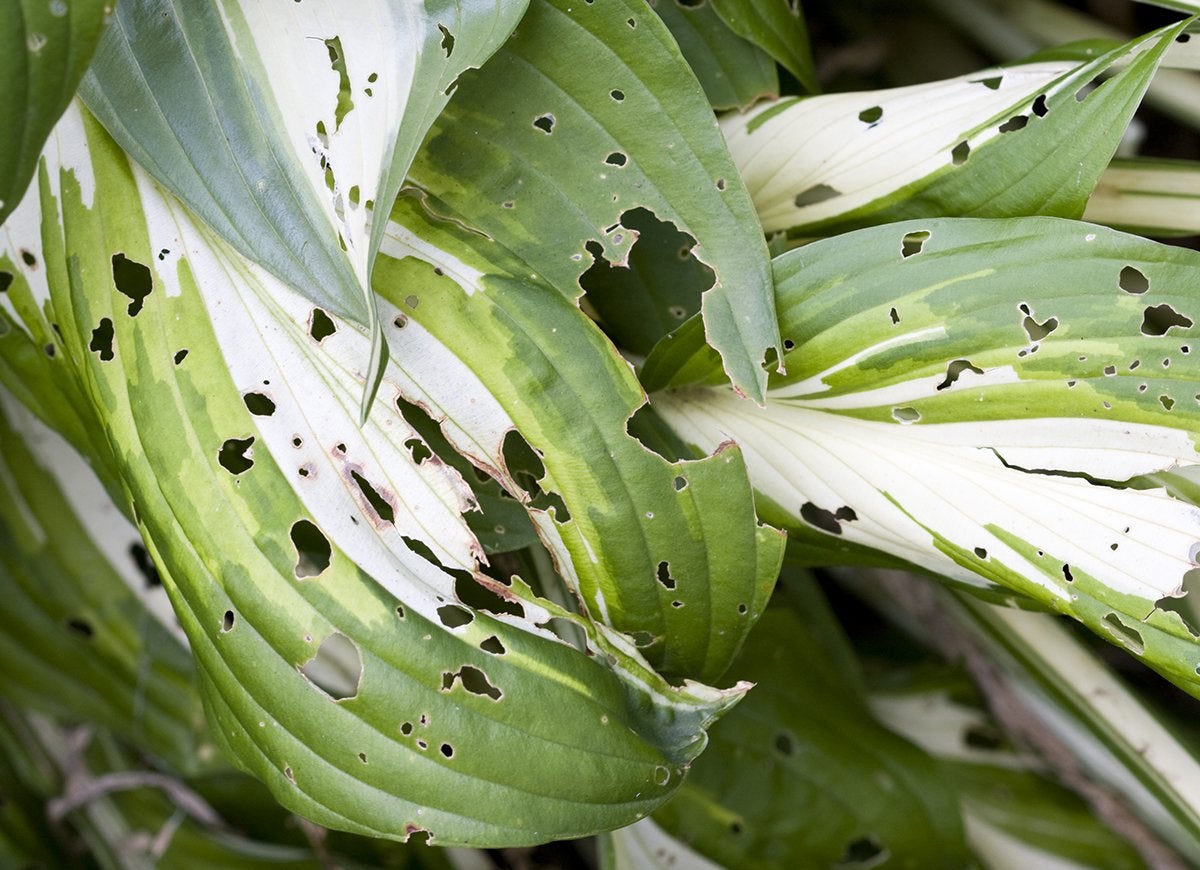
Depending on species, snails and slugs may be gray, black, orange, brown, tan, or multi-colored—but you’ll seldom spot them during the day as they prefer to prey at night. You may, however, spot the slime trail these gastropods frequently leave as they move around the garden, munching primarily on hostas and young seedlings.
Snails and slugs can simply be removed by hand and, because they prefer dark, wet environments, you can dissuade them by watering the garden only in the morning so foliage will be dry by sunset. Also, these icky invaders have a thing for beer! They’ll flock to shallow bowls of it placed around the garden. Just be sure to empty and refill daily as the alcohol evaporates overnight, making it less toxic.
Vegetable foliage covered in black pellets.
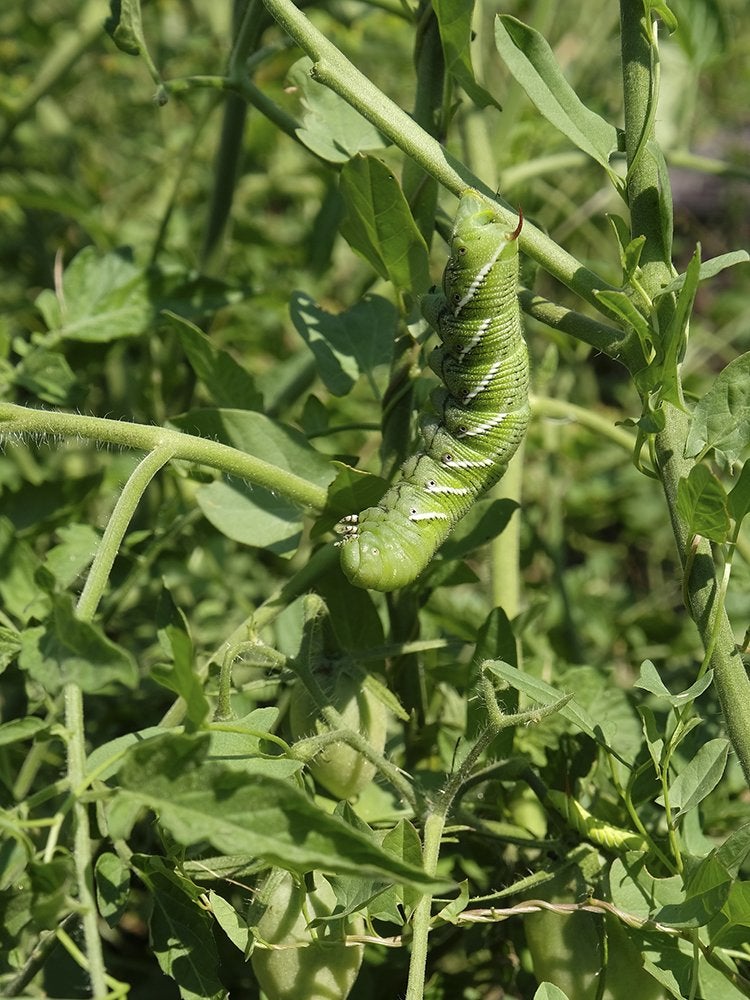
As tomato and tobacco hornworms feed near the top of nightshade family plants (including tomatoes, peppers, potatoes, and eggplants), they leave behind a trail of excrement resembling small dark pellets. Look closely and you’ll likely see the well-disguised culprits, whose lime green coloring is excellent camouflage. The caterpillar’s plump body has white V-shaped markings along the sides and a distinctive soft horn at the end.
Inspect your plants frequently, handpicking the hornworms as you find them. Avoid removing hornworms with rice-like white protrusions along their bodies, however. These are the cocoons of beneficial parasitic wasps that will control pests without being aggressive to people or pets.
Mottled and crispy squash leaves.
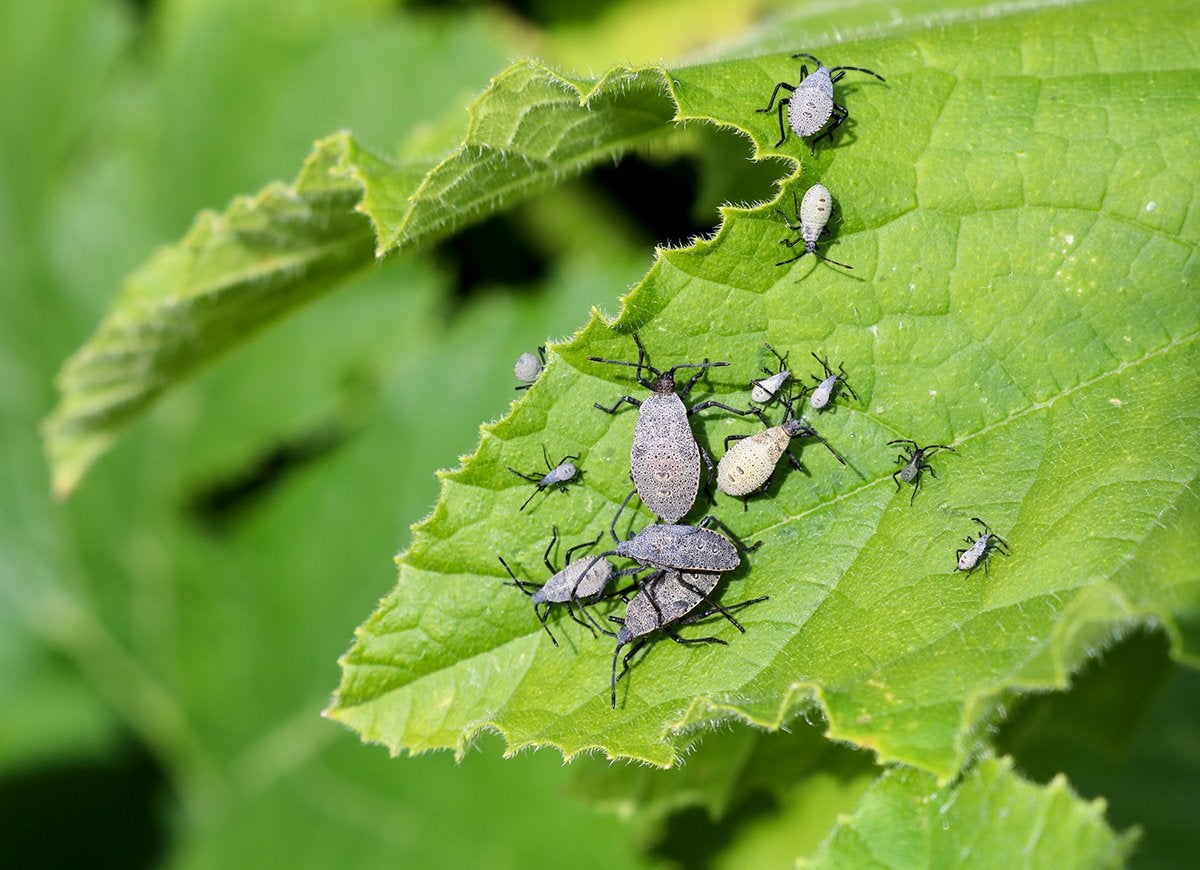
If you grow any member of the cucumber family (including zucchini, pumpkins, squash, and melons), you’re ringing the dinner bell for the squash bug. Adults, which often feed in groups, are dark brown with an oval-shaped flat body—and they’re hard to control. So inspect the undersides of leaves regularly for the presence of their bronze-colored egg clusters, which can easily be removed with a piece of tape. Treatments for adult bugs are ineffective, but you can banish the gray wingless nymphs by treating with insecticidal soap or neem oil.
Distorted plants besieged by ants.
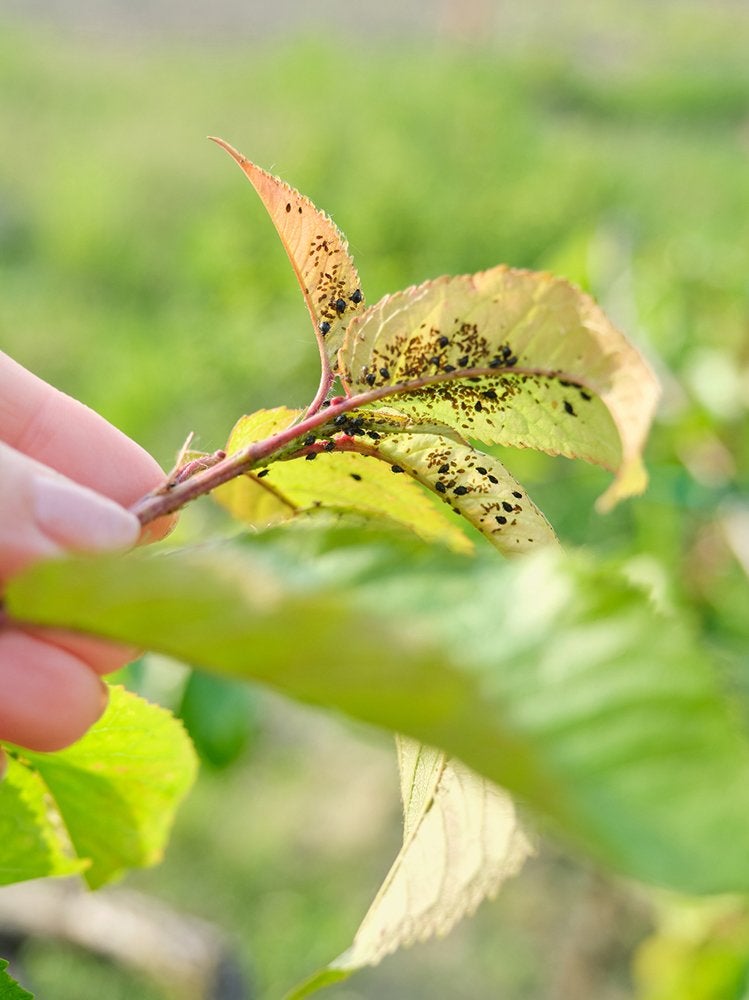
Aphids are the gourmands of bugs—they’ll eat basically any plant! But they’re especially fond of new plant growth, devouring sap with their sucking mouthparts. Aphids are so small, you might not even see the pear-shaped insects; what you may see, however, are lots of ants, attracted by honeydew—the sugary substance aphids excrete as they feed.
Fortunately, controlling aphids is as easy a strong blast of water from the hose to dislodge the tiny terrors. To prevent an aphid infestation, plant plenty of small-flowered plants like yarrow and alyssum throughout the garden to encourage such beneficial insects as ladybugs that eat aphids.
Wilting leaves in your pumpkin patch.
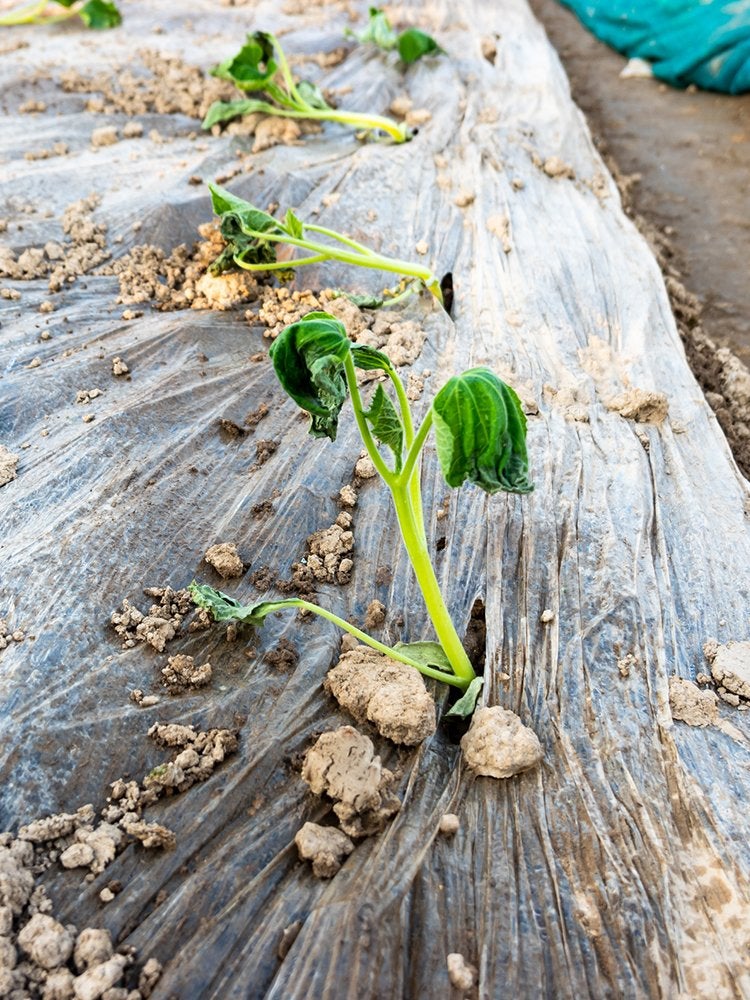
Beware the cucumber beetle, a bright yellow spotted or striped insect that targets all members of the cucumber family, including squash, melons, and gourds. As they feed on leaves, wilt bacteria stored in their mouthparts enters the plant’s vascular system, causing the plant to wilt and eventually die. Sadly, there’s no cure once bacterial wilt appears, and you must remove the poor plant from the garden immediately to prevent further spread. The best control for the cucumber beetle is to plant wilt-resistant varieties next time.
Hole-y tomatoes!
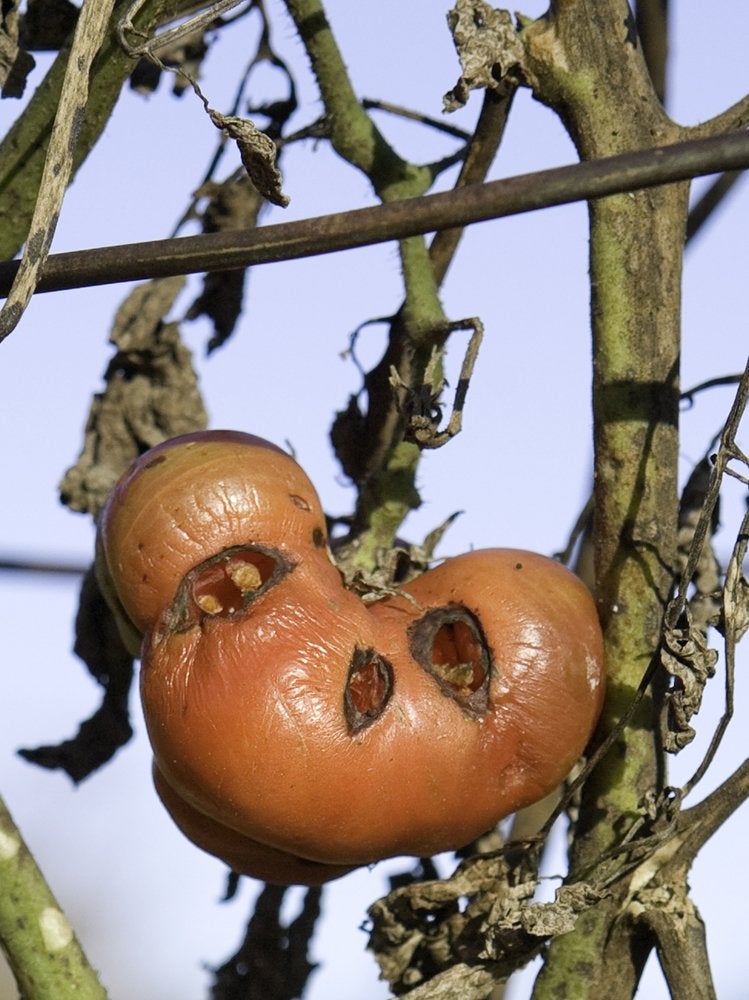
Got black holes on your tomatoes, corn, cotton, peppers, eggplant, and soybeans? Blame the tomato fruitworm! The adult moth lays eggs on the undersides of leaves, often near fruit,where the larvae hatch, crawl down the stem, and enter the fruit to eat it from the inside out.
For effective control, remove any infested fruit to prevent it from dropping into the soil to overwinter for next year’s generation. Row covers—thin protective sheets of transparent plastic or fabric you can drape over crops—can help discourage fruitworms; just be sure to remove the covers as soon as plants begin to flower.
Skeletonized leaves.
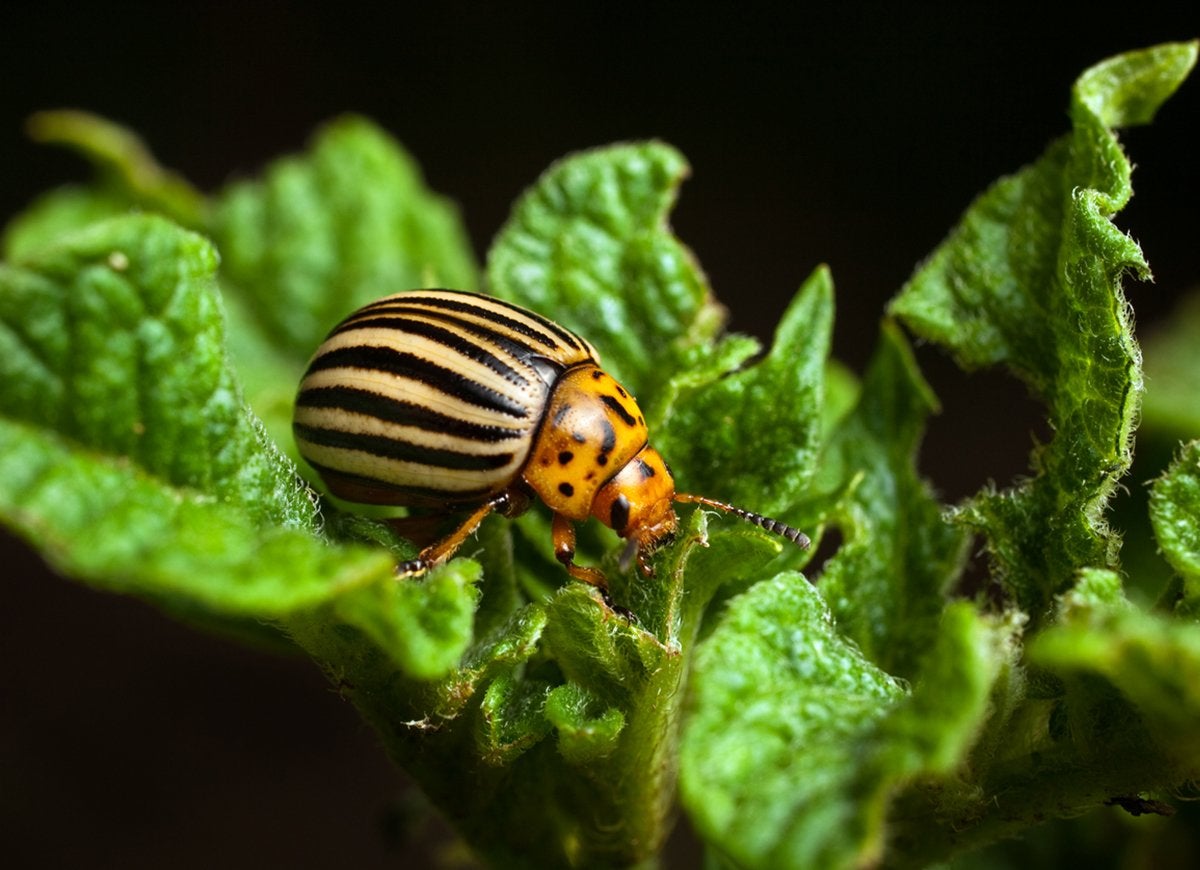
If leaves on your potato plants appear lacy with window-like damage between the veins, the Colorado potato beetle may be to blame. While they likely won’t kill the plant, they’ll decrease its vigor and yield.
Inspect your plants for small, rounded insects with boldly striped yellow and black wings. Often found near the top of the plant, the Colorado potato beetle will devour any member of the nightshade family, including eggplant, peppers, ground cherries, and tomatillos. If you find insects with a row of black spots on each side of the body and reddish orange coloring, you have the Colorado beetle larvae digging in too.
Handpicking is effective, but you may opt to use row covers before beetles emerge. Just remember to remove them when the plants begin to flower for insect pollination.

Meet the 2025 Tools of the Year
After months of scouring the market and putting products through their paces, we’ve named the best of the best in new tools. There’s something for everyone, from veteran pros to average Joes.